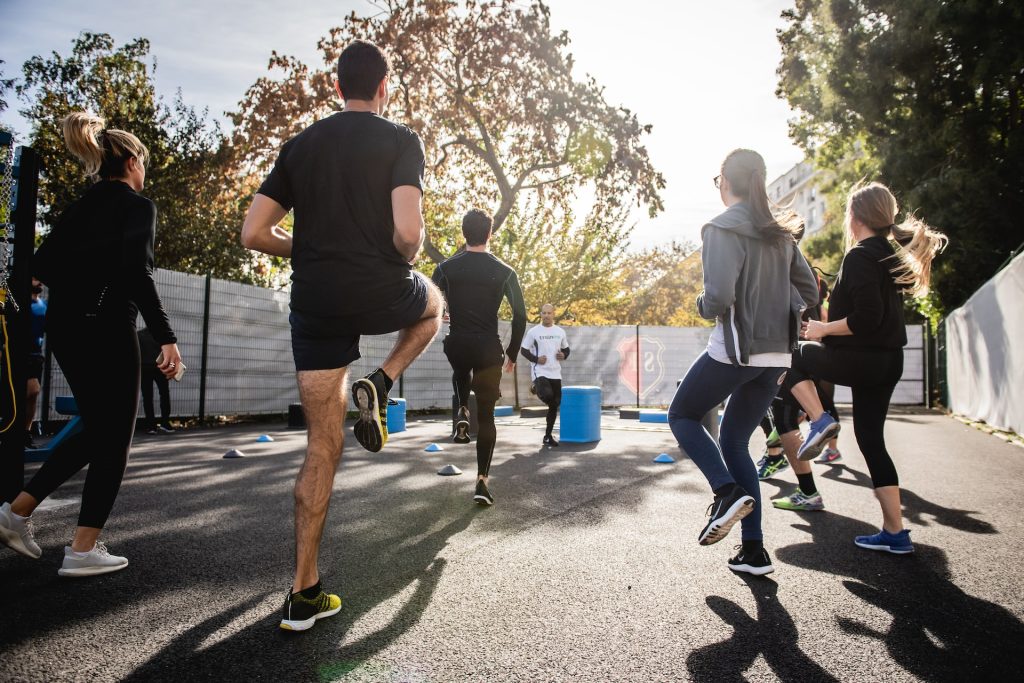Chapter 9: Experiential Learning in Biomechanics
Chapter 9: Experiential Learning In Biomechanics
Authors: Rob Pryce, Alix Blacklin

Welcome to Chapter 9: Experiential Learning in Biomechanics. In the previous chapters you learned important principles of Newtonian mechanics and how to solve problems about forces acting on the human body. In this chapter you will learn how to apply that knowledge to scenarios encountered in kinesiology practice. Using equipment and software that is readily-available (and free!) you’ll collect data and make decisions about different types of human movement.
Technology is rapidly progressing in kinesiology and biomechanics is no exception. For example, in the past if we wanted to make detailed measurements of how people moved, we’d have to study those movements in a lab using complicated and expensive equipment. Or if we wanted to know how much physical activity someone accumulated in a day (or week or month), we’d have to ask them to record everything the did in a diary – which was time-consuming and inaccurate. Now, we’re able to measure movement and physical activity outside the lab using small sensors attached to our wrist, waist or other parts of the body. In fact, some of you may be wearing one now – devices from companies like Fitbit or Garmin that can measure your movement every second of the day for weeks at a time.
That is just one example of how technology has improved in kinesiology and how it’s became more common and accessible. The activities in this chapter will teach you how to use these devices and others in your day-to-day careers, whether it be as a physical education teacher, athletic therapist, or coach working with elite athletes.

